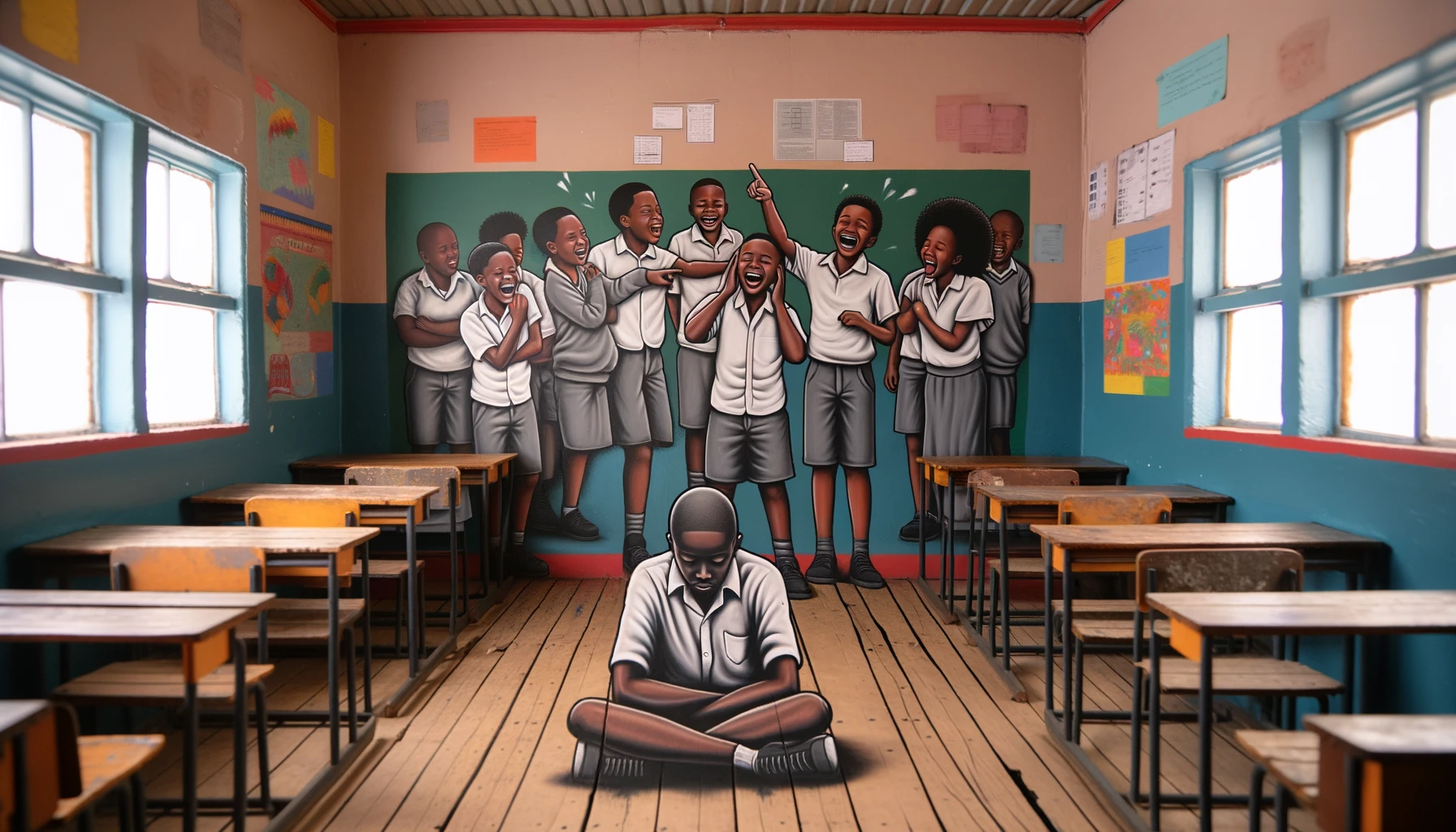Bullying in schools isn’t a new problem, but it’s becoming more noticeable and troubling in South African schools. We often hear about incidents that leave us wondering: Why is this happening? What’s causing this rise in bullying? It’s a complex issue, with roots stretching into various aspects of society and education.
Here are ten potential causes for the increase in bullying in South African schools:
- Socio-Economic Disparities: High levels of inequality and poverty can create environments of stress and frustration, often contributing to aggressive behavior among students.
- Exposure to Violence: Children exposed to violence in their homes or communities may replicate aggressive behaviors in school, viewing them as normal or acceptable ways to interact with others.
- Cyberbullying Proliferation: With widespread access to smartphones and the internet, bullying has extended into the digital realm, making it more pervasive and harder to escape.
- Overcrowded Schools: Large class sizes can lead to less individual attention from teachers, making it difficult to notice or address bullying when it occurs.
- Inadequate Supervision: Due to resource constraints, many schools may lack adequate staff to effectively monitor and manage student interactions throughout the school day.
- Cultural and Racial Tensions: South Africa’s complex history with racism and cultural diversity can sometimes manifest in bullying, as students may target others based on race or ethnicity.
- Lack of Anti-Bullying Policies: Some schools may not have clear, enforced policies against bullying, leading to an environment where such behavior goes unchecked.
- Underdeveloped Emotional Education: Insufficient focus on social and emotional learning in the curriculum can leave students ill-equipped to manage their emotions and resolve conflicts peacefully.
- Peer Pressure and the Need for Social Acceptance: The desire to fit in or exert dominance in social hierarchies can drive students to engage in bullying.
- Stigma and Silence Around Bullying: A culture of silence or stigma surrounding bullying can lead to underreporting and a lack of open conversation, allowing the problem to persist and grow.
More on Why Bullying is Increasing in South African Schools
Addressing these causes requires a multifaceted approach involving educators, parents, students, and the broader community, focusing on creating a supportive and respectful school environment.
First off, let’s talk about the social and economic factors. South Africa, with its rich but turbulent history, still grapples with issues like inequality and poverty. These factors can create environments where bullying thrives. Kids coming from stressed backgrounds might turn to bullying as a way to exert control or express their frustrations. It’s like a pressure cooker situation – with the daily struggles and disparities, some kids might lash out in the only way they feel they can.
Then there’s the influence of technology. Cyberbullying has become a new frontier in the battle against bullying. With almost every kid having access to a smartphone or the internet, bullying has moved beyond the schoolyard. It’s now in the digital world, where it’s harder to monitor and control. Cyberbullying can be relentless and more damaging in some ways because it follows kids home. There’s no break from it, making its impact deeper and more harmful.
The education system itself might also play a part. There’s a lot on the plate of South African educators – large class sizes, varying levels of training, and resource limitations. Sometimes, signs of bullying might go unnoticed or unaddressed by overworked teachers. Plus, with a curriculum that’s heavy on academics, there might not be enough emphasis on social and emotional learning, which can help in managing bullying.
Let’s not forget the role of family and community. In some cases, what’s happening at home can influence a child’s behavior at school. If a child is exposed to violence or aggressive behavior in their family or community, they might mimic that behavior in school. It’s like a cycle – reflecting what they see and experience outside of school.
Lastly, there’s a need for more awareness and open conversations about bullying. Stigma and lack of understanding can lead to underreporting. Kids might feel ashamed or scared to talk about being bullied. There’s a need for more education and open dialogue among students, teachers, and parents about what bullying is and how to handle it.
In conclusion, the increase in bullying in South African schools is a multi-faceted issue. It’s not just about ‘bad kids’ or ineffective teachers. It’s about looking at the bigger picture – societal pressures, technological influences, educational practices, family dynamics, and the need for greater awareness and dialogue. Tackling bullying requires a collective effort from all parts of society. It’s about creating an environment where every child feels safe, valued, and heard.

